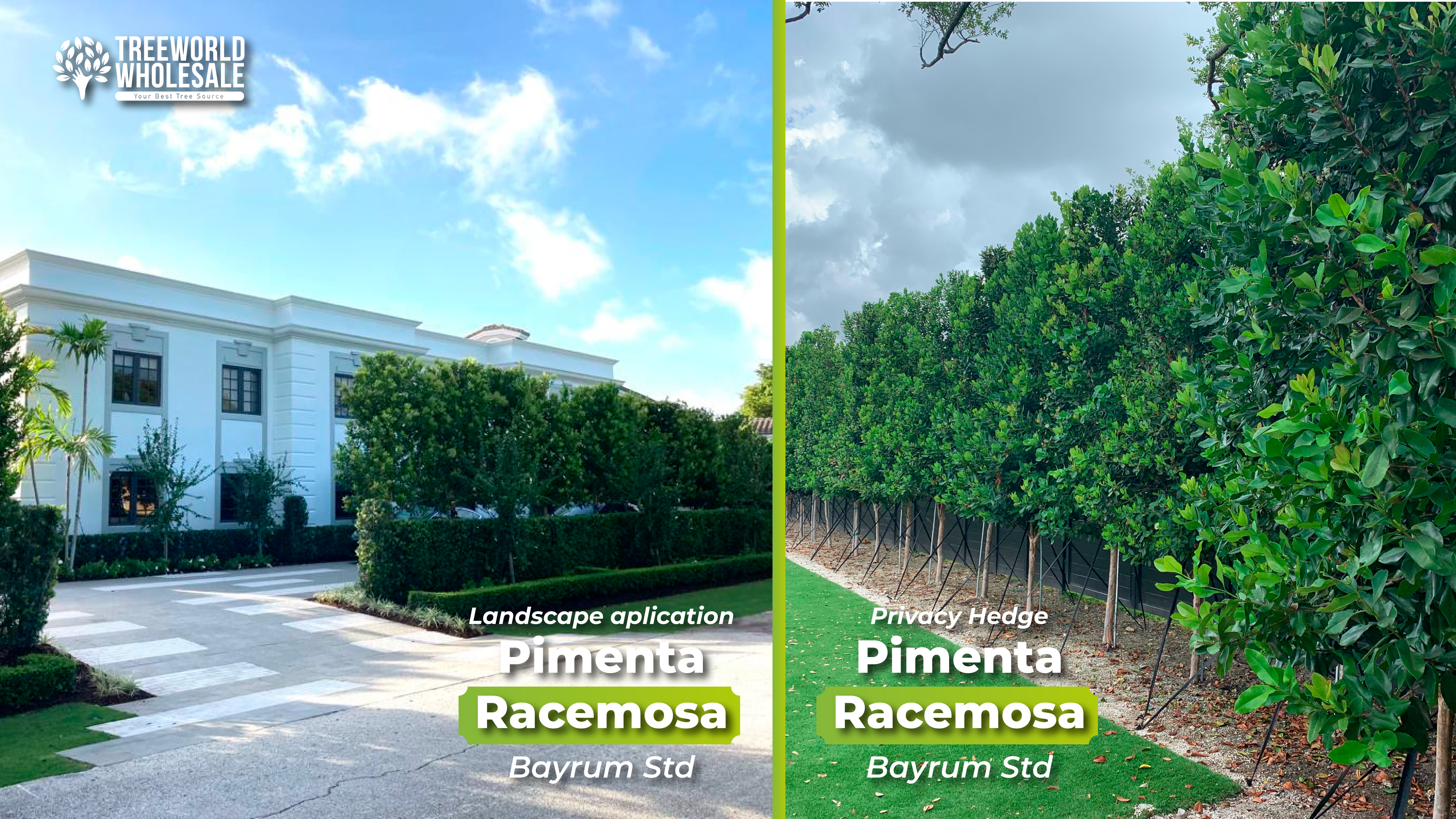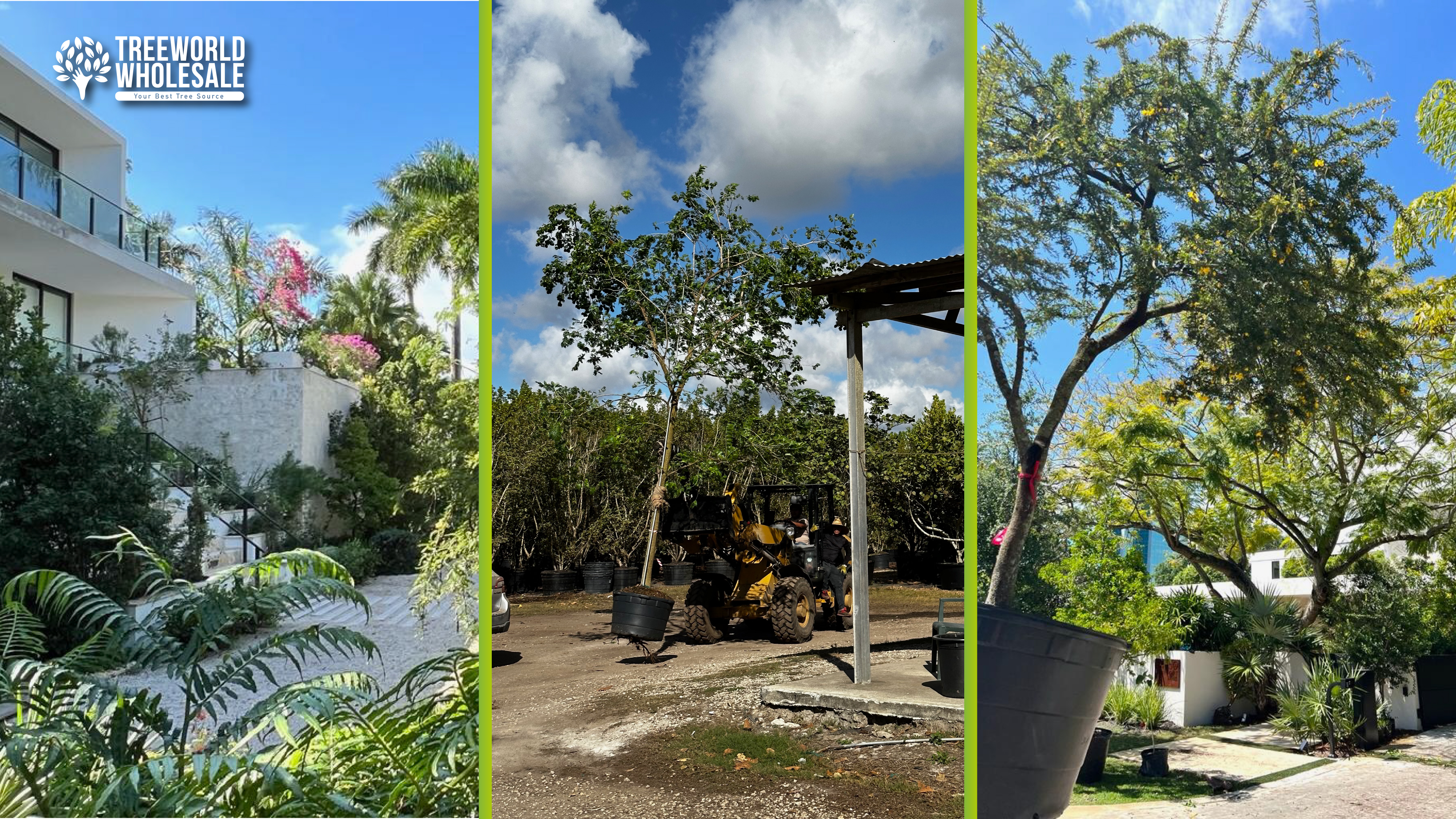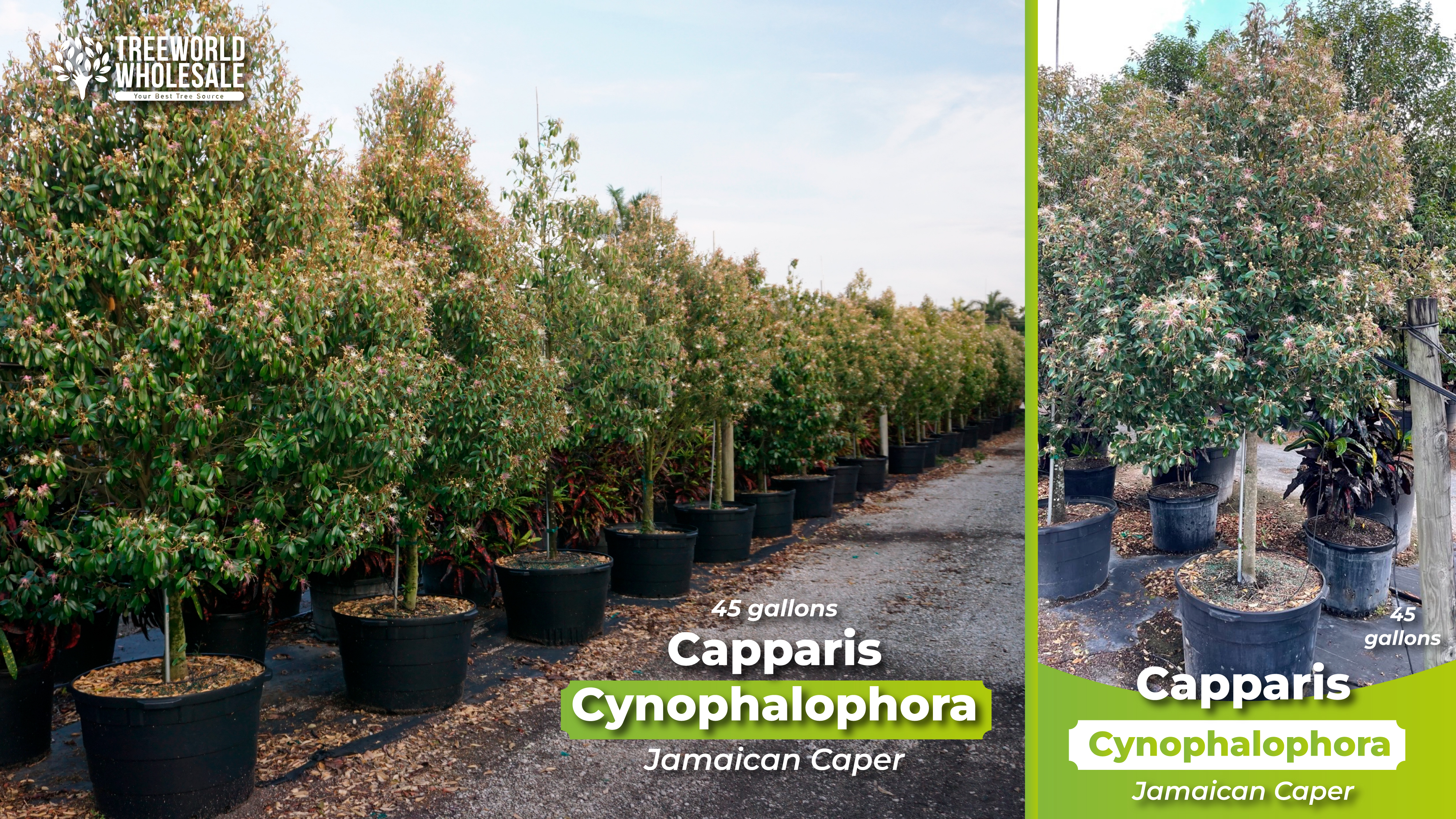Landscape design is a science! Of course, it is alluring, engaging, and visually appealing as it definitely involves artistic minds and a thorough process to create enjoyable landscapes. However, in order to achieve that harmony, you need methodology, knowledge, and extensive landscape planning. There is an order to the visual relationships between elements, and an intrinsic understanding is required to consider scale, colors, textures, and shapes. It calls for discipline to accomplish not only the clients’ desires but also to create experiences that inspire outdoor exploration, foster relationships, and promote sustainable dynamics.
So, even though many people might think of landscaping as simply gardening on a larger scale, it’s much more complex and subtle than that. The science of landscaping involves numerous aspects, including creative vision, environmental awareness, and an in-depth botanical understanding. This process requires more than just planting plants and trees; careful planning and knowledge of the local ecosystem are also necessary.
How to Plan a Landscaping Design
We receive this question regularly. Even though we are not landscape designers, we frequently work with them. We will discuss some of the important factors to consider when planning a landscape. But it’s important to say that it is always best to hire a professional landscape architect.
Site Analysis and Concept Development
Comprehensively assessing and evaluating the physical characteristics of the terrain is the first step in landscape planning. Factors such as topography, soil type, climate, existing structures, and the types of trees that are likely to thrive in the area are all included. Understanding the ecological and cultural role of the tree is a must. In order to forge a concept design that will meet client expectations and guarantee functionality without compromising aesthetics, the sketching process starts after completing this step.
Sustainable Designs
Design is a holistic approach to the structured and collaborative development of new solutions, knowledge about them, and their use and environment. Thus, the process of creating detailed designs in landscape planning includes tree materials, hardscape elements, and, of course, tree selection, which plays a crucial role.
First and foremost, trees are essential to a landscape’s visual appeal and contribute to the overall concept. Choosing the right trees defines the character and ambiance of an area, whether it’s creating a serene, shady retreat or a vibrant, colorful garden. Different shapes, sizes, colors, and textures can complement architectural styles, create focal points, maintain privacy, or frame areas.
Tree Selection in Landscape Planning
But choosing the right trees also means promoting ecological balance. Landscapers like Raymond Jungles demonstrate that careful consideration of trees is crucial, as they enhance the landscape’s beauty and serve as its structural backbone. Each tree is chosen with a purpose: trees support local wildlife by providing habitat and food for birds, insects, and other animals. They modify a site’s local climate by providing shade, which reduces energy costs. Trees naturally absorb pollutants, filtering the air while also playing a critical role in capturing carbon dioxide, thereby mitigating climate change. The southern live oak (Quercus Virginiana) serves as a great example.
Tree knowledge also plays an important role in the process of tree selection, which is itself a science. Organizing the landscape requires symbiosis and dialogue among plants, as well as a correct understanding of the trees and plants that will tell a story. This entails incorporating not only the client’s expectations but also the needs of the trees and the area. A healthy mix of native trees is a great practice when advocating for sustainability and dynamic landscape designs. According to landscape firms such as La Casona Garden, trees like the native Jamaican caper (Capparis cynophalora) not only highlight the landscape but also bring it to life with their sweet aroma while remaining functional and being a natural, low-maintenance addition.
Meeting the objectives
Selecting the right tree to meet specific objectives is important, given the variety available. Strategic placement of trees can act as privacy hedges, function as sound barriers, reduce noise pollution, and provide privacy for property users. Additionally, certain trees help stabilize the soil with their root systems. Other trees aid in water management; their roots absorb water, which can reduce flooding and improve water quality.
Furthermore, selecting the right tree can increase property values and improve energy efficiency. This is why landscape planning is so important: selecting the appropriate tree or trees significantly enhances a property. To meet these objectives, conducting an assessment with a landscape architect expert is crucial.
The Role of the Landscape Architect
Landscape architects do so much. Landscape planning doesn’t end with just the design and plant selection. Ensure compliance with local zoning laws, building codes, and other regulations. They obtain the necessary permits for construction and other interventions. They foster communication with clients, taking care of every detail. While handling other professionals, including us at the tree farm nursery, engineers, architects, and city planners. Their job includes planning out all phases, specifying the materials, trees, and construction methods. And when that is over, they usually develop or take care of maintenance schedules for the completed landscape. Advising on best practices for maintaining the health of the trees and the design.
Landscape planning? Or involved in a big project. At TreeWorld, we’ve got you covered with more than 300 trees to meet your landscape goals! We know landscape is a science, and we are ready to work collaboratively to create dreamy functional landscapes! Call or text us at (305) 968-2427 to set up an appointment today.










